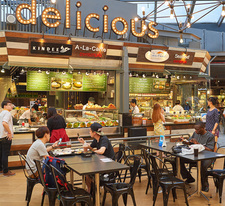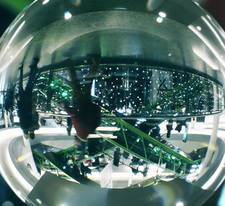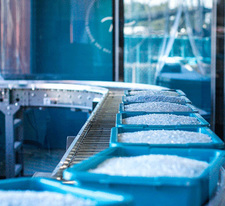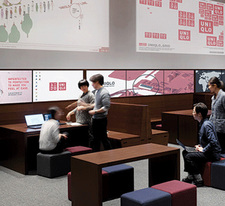Is the fight deadly?
Experts are convinced that in a situation where incomes and purchasing power continue to fall, and the consumer model has changed once and for all, retailers have entered into the "last battle" not so much with each other, but with all non-retail: from cinemas and entertainment parks to language courses and museums. Is it so?
part 1 part 2 part 3 part 4 part 5 part 6 part 7
Despite the developed entertainment industry in Moscow and other major cities, purchases of basic consumer goods (food, clothing, shoes) still account for a significant part of consumer spending, reports Konstantin Budagyan, Senior Analyst of the Market Research Department CBRE. Thus, the share of food purchase expenses in Moscow and St. Petersburg is about 30% and 33%, respectively, which is slightly different from the Russian average of 34% and is still 7-14% higher than in 2014, before the devaluation of the ruble. "These data indicate that the development of new formats and the offer of new services do not have a significant impact on this item of expenditure," the expert notes. At the same time, the market of food delivery services ("Platypus", "Crossroads", "AUCHAN", "About"KEY" and others) takes no more than 1% of all expenses of Russians. In Moscow and other major cities, delivery is much better developed, but this segment is very far from double-digit indicators of the share of expenses. As for non-food products, despite the reduction in the number of goods consumed, in monetary terms, these markets showed a slight increase in 2017 and continue to grow this year.

However, over the past four years, retail itself has become a form of leisure, I am convinced Olga Starichenko, Commercial Director of the Mosaic shopping center . «Spending time in the shopping center is not limited to shopping now – here they relax with friends, have fun with children, hold business meetings for breakfast, lunch and dinner, – lists Ms. Starichenko. Parks have become one of the bright competitors of the shopping center in recent years. The shopping malls noticed this trend and began to create a semblance of parks inside themselves - various recreations, the use of public areas for various exhibitions, festivals, venues. «Bread» is enough for everyone, the buyer has had enough and moved on to «spectacles ».
Engines of «shopping experiences» – representatives of generations Y and Z. Increasingly saving their time through digital, online shopping, creating or destroying the reputation of a shopping mall or retailer with instant reviews on the web, which, in turn, are simply obliged to respond as quickly and strive to meet the changing expectations of a new buyer, " Olga Starichenko lists. "Working together with tenants in the future should be the basis for the success of the shopping center, because with less effort from more involved in this process, you can achieve great success, offer the buyer the widest choice and create a mosaic of impressions."
Author: Ekaterina Reutskaya











